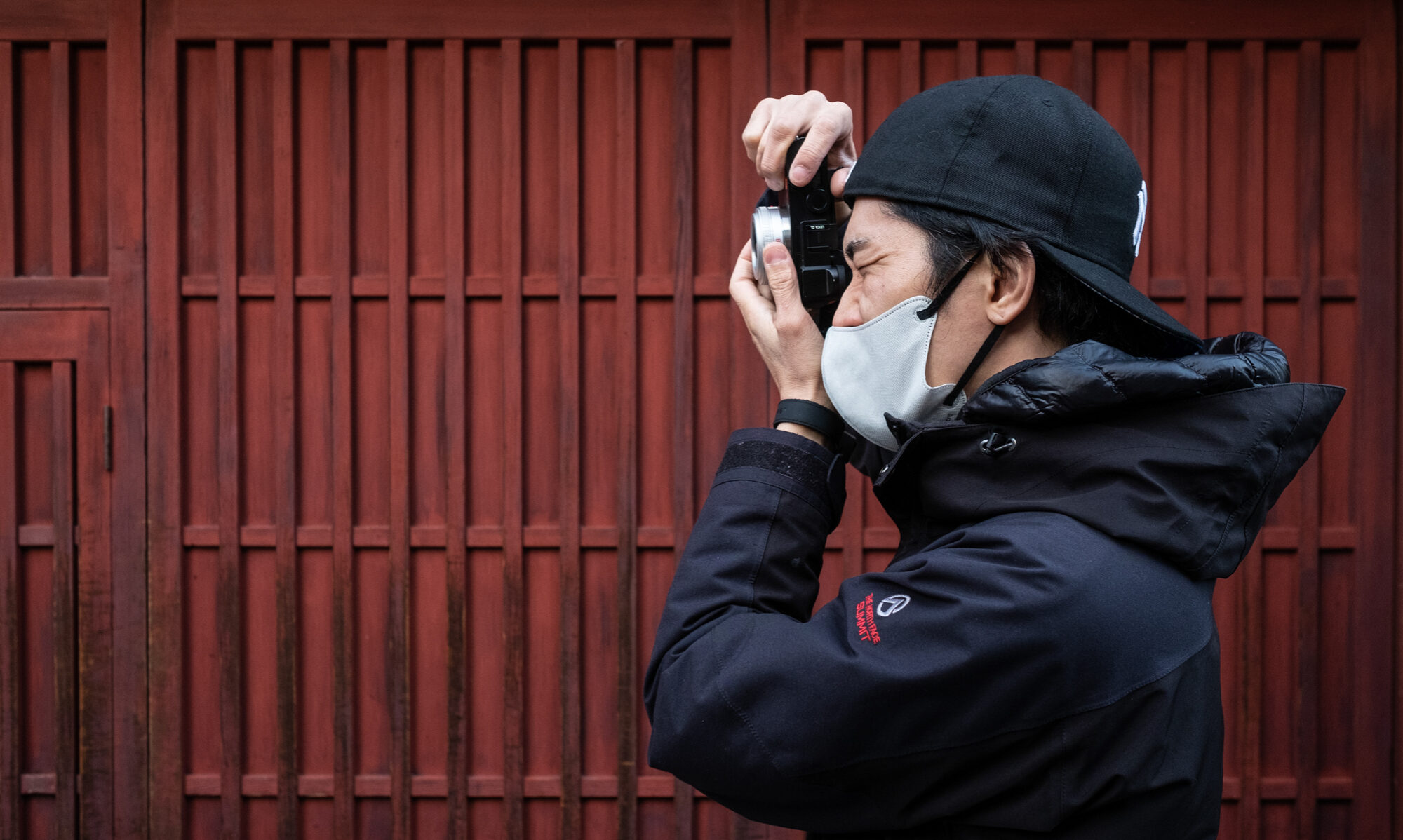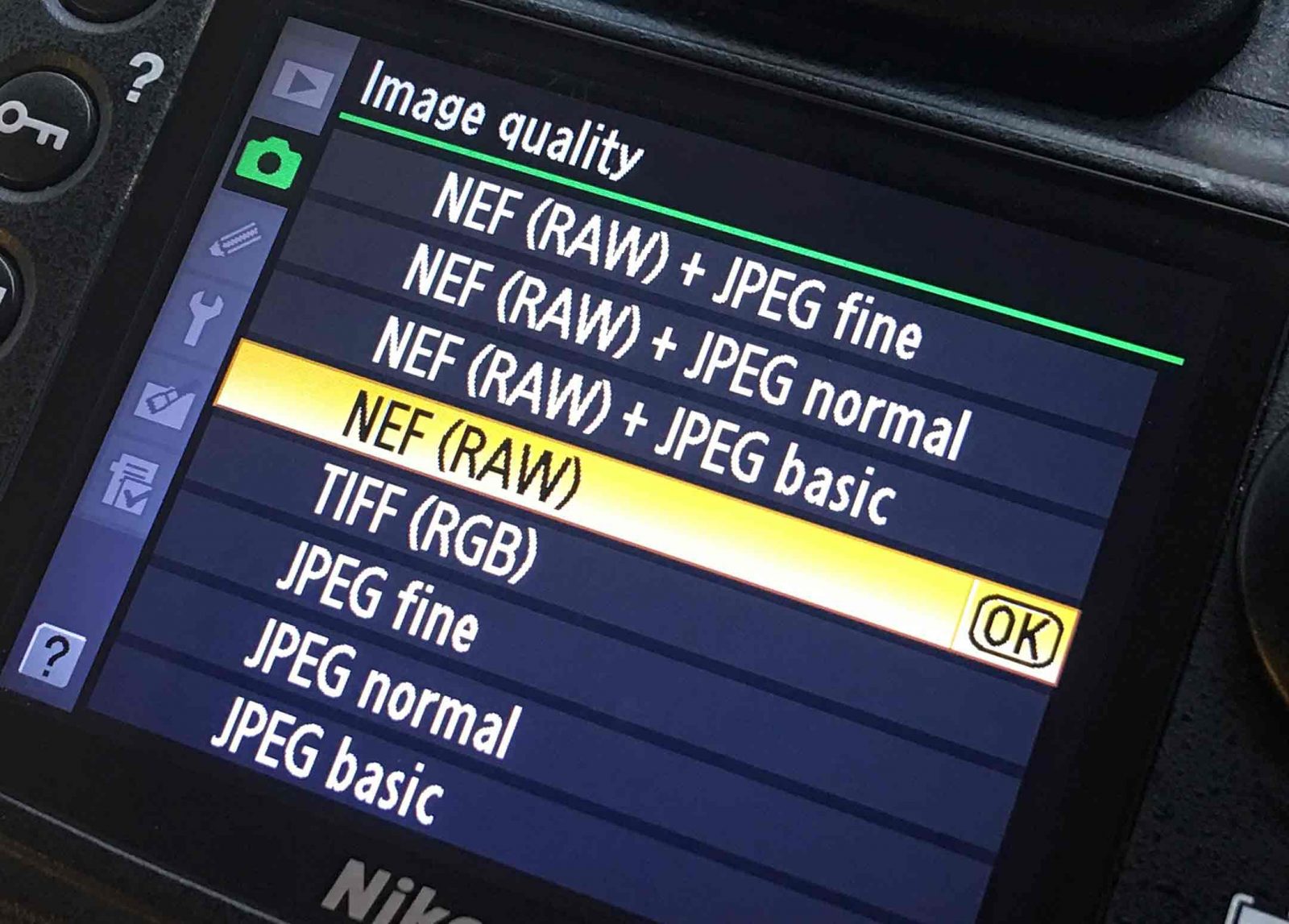Digital images are recorded and stored in different forms known as file formats that have evolved because the images can be used for different purposes. It takes a lot of memory to store data, so some formats compress the images in order to fit more pictures on a memory card or in your computer. Cameras can often record using more than one file format. Despite which formats your camera uses, you can usually convert to any of the others described here when working with an image-processing program in the computer.
If you are a new beginner in photography and just got yourself a new camera you will find yourself asking one of these questions, “What are JPEG, RAW, TIFF and DNG? Which file format should I use? How difference are they?”. Today your question will be answered.
RAW files are large, they include all the data from the sensor and consequently take up a lot of space on your computer’s hard drive. In addition, these files are proprietary to camera manufacturers(and in fact, to each model they produce- except for a RAW format called DNG). That means the specifications for RAW files recorded using a Canon camera are different than those recorded by a Nikon, all of which are different than those recorded by a Sony, Fujifilm, or camera from other companies. You need a software program known as a RAW converter to read these files in your computer. However, once that is done you can convert them to TIFFs or JPEGs for display or to make prints.
JPEG is universally readable image-file format that can display up to 16.7 million colors, the number needed for photo-realistic pictures. You can usually set the camera to a number of different resolutions for JPEG. This format uses “lossy” compression, which means that data is discarded every time you open and re-save a file. To get around this, download JPEGs into your computer and open as a duplicate when using your image-processing program; that way you can go back to the original image if anything goes wrong.
TIFFs also handle 16.7 million colors and do so without the data loss found in JPEGs, but TIFFs consequently take up a lot more memory. Not all cameras use TIFF for recording, and in practice you see little, if any, different between large, low-compression(fine quality) JPEG files and TIFF files, but you can fit six or seven times more JPEGs on a memory card.
DNG is a universal RAW format, meaning non-proprietary, introduced by Adobe who supplies a free, regularly updated converter for all RAW formats as a download. Most major camera manufacturers still prefer their own versions of RAW, but DNG is an excellent option, especially if you use multiple cameras. Since it is a RAW format, no data is lost in conversation, and it functions seamlessly with Adobe imaging products while still allowing you to embed the original RAW file, so that is not lost to you either.
Here are what the abbreviation stand for.
JPEG- Joint Photographic Experts Group
TIFF- Tagged Image File
RAW- a pure data file
DNG- Digital Negative (a RAW format)


